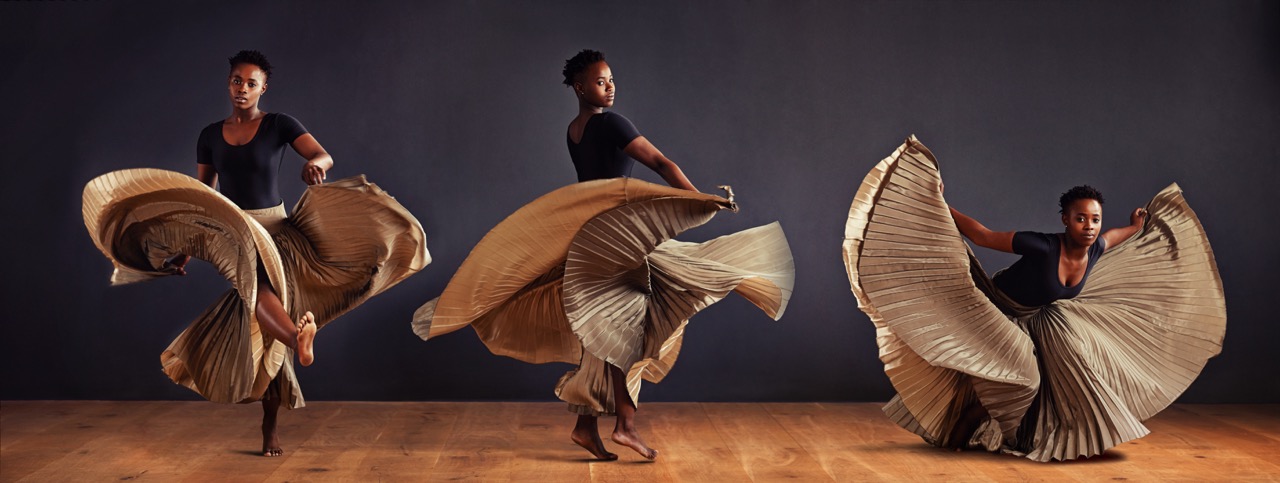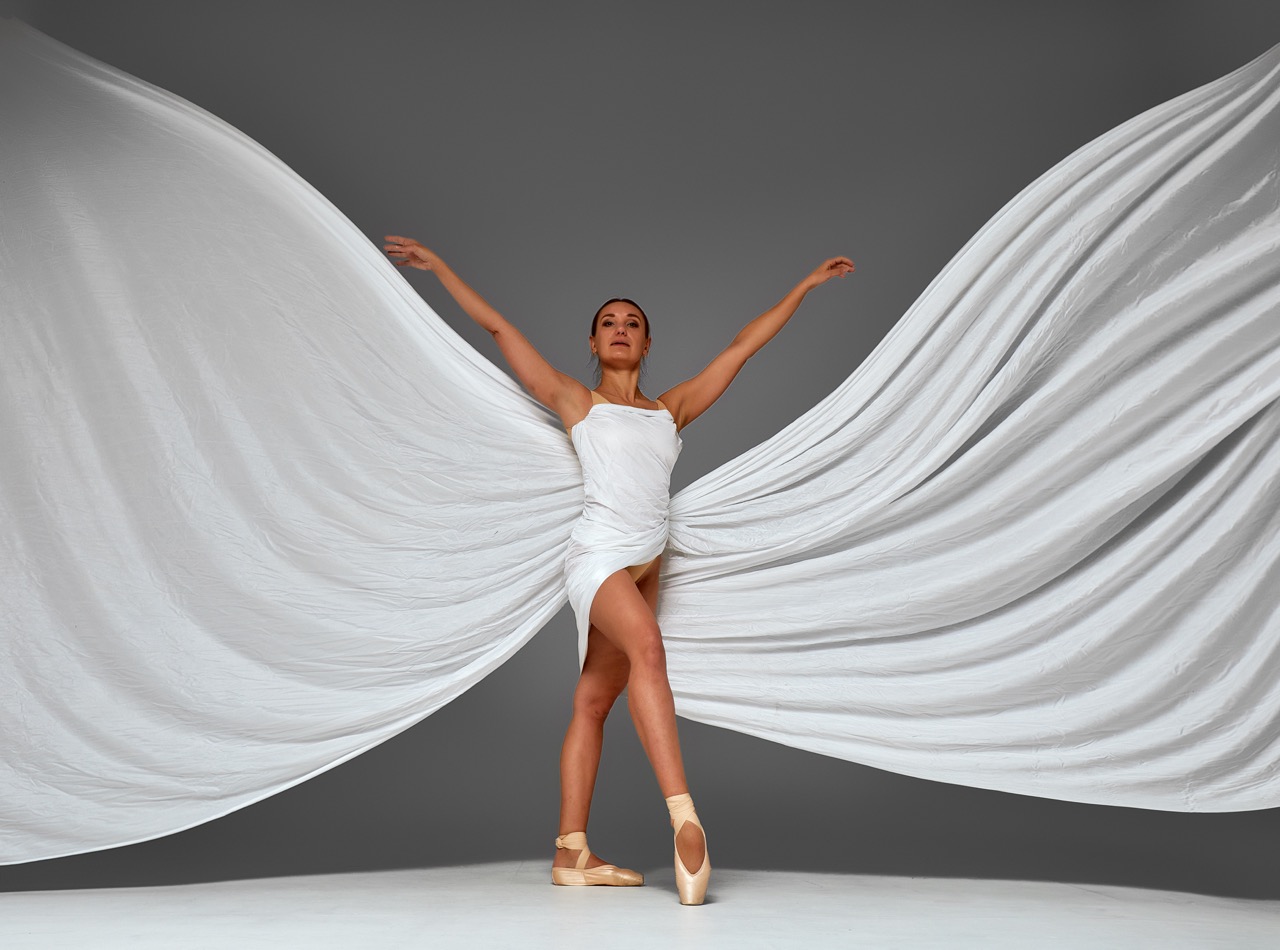In the whirl of modern life, self-care has become an essential practice for maintaining personal wellness. As we navigate our daily routines, it is easy to overlook the profound impact that movement can have on our mental and physical health. Dance, in its many forms, provides a unique pathway to self-discovery, emotional release, and overall well-being. This article explores the multifaceted role of dance in fostering self-care and personal wellness, illuminating its therapeutic qualities, emotional benefits, and practical steps for incorporation into daily life.
Dancing Through Life: Embracing Movement for Wellness
Dance is not merely an art form but a vibrant expression of our humanity, allowing us to communicate emotions that words often fail to convey. Engaging in dance stimulates the body, releasing endorphins that enhance our mood and energy levels. Whether it’s a graceful ballet, a lively salsa, or a free-form expression, each movement invites us to connect deeply with our bodies, promoting a sense of empowerment and joy. This engagement with movement can be a powerful antidote to the stagnation of a sedentary lifestyle, invigorating both our physical and mental states.
Moreover, dance serves as a reminder to embrace the present moment. In a world filled with distractions and endless to-do lists, dancing encourages us to immerse ourselves fully in the here and now. The act of moving to music can be meditative, allowing thoughts to fade away as we focus on rhythm, breath, and sensation. This mindfulness aspect of dance can have a profound impact on reducing stress and anxiety, offering a sanctuary from the hectic pace of life.
Lastly, the communal aspect of dance cannot be overstated. Joining a dance class, participating in social dance events, or simply dancing with friends fosters a sense of connection and belonging. This social interaction enhances our emotional well-being, reminding us that we are part of a larger community. Through shared movement, we can experience collective joy and support, which is fundamental for mental health and resilience in challenging times.
The Healing Power of Rhythm: Dance as Therapy
Dance has long been recognized as a therapeutic tool, transcending cultural boundaries and healing practices. Dance therapy integrates movement with psychological principles, providing a holistic approach to emotional and physical wellness. Through improvisation and structured techniques, individuals can explore their feelings, release pent-up emotions, and achieve greater self-awareness. The transformative power of dance therapy lies in its ability to facilitate self-expression and personal growth, which can be particularly beneficial for those navigating trauma, grief, or stress.
Research has shown that dance therapy can significantly reduce symptoms of anxiety and depression. The process encourages participants to connect with their bodies and emotions, often leading to breakthroughs and profound realizations. As individuals let go of inhibitions and embrace the freedom of movement, they often find themselves confronting and processing difficult emotions in a safe environment. This cathartic release is a cornerstone of healing, allowing for emotional clarity and resilience.
Furthermore, dance therapy can enhance physical health and well-being. Many dance therapists incorporate elements that improve strength, flexibility, and coordination, contributing to overall fitness. As clients engage in rhythmic movement, they also become more attuned to their bodies, fostering a sense of ownership and respect for their physical selves. This comprehensive approach to wellness underscores the importance of nurturing both mind and body, highlighting dance as a potent form of therapy.
Finding Balance: How Dance Enhances Emotional Health
The emotional benefits of dance extend beyond the immediate joy of movement. Engaging in dance activities can enhance emotional intelligence, helping individuals to better understand and manage their feelings. As we express ourselves through dance, we learn to identify our emotions more clearly, a skill that can translate into other areas of life. This increased emotional awareness fosters healthier relationships and a greater capacity for empathy, as we become more attuned to the emotions of others.
Dance also provides a space for emotional release. In moments of joy, sorrow, anger, or frustration, movement can serve as a powerful outlet. The sheer act of dancing invites us to embody our emotions, allowing for a physical expression that can lead to relief and liberation. This release can be particularly cathartic during difficult times, offering a way to process complex feelings and find solace through movement.
Additionally, the structure and rhythm found in dance can instill a sense of stability and calm. Regular participation in dance can create a routine that promotes mental discipline and emotional balance. As we incorporate dance into our lives, we cultivate resilience and adaptability, learning to find balance amid life’s challenges. This balance enhances our emotional health, enabling us to navigate the ups and downs of life with grace and poise.
Steps to Serenity: Incorporating Dance into Self-Care
Integrating dance into your self-care routine can be a joyful yet straightforward process. Start by identifying the styles of dance that resonate with you, whether it’s a structured class, freestyle movement, or simply dancing alone in your living room. The key is to find joy in movement and allow yourself to be playful and expressive. Consider setting aside dedicated time each week to engage in dance, treating it as an essential appointment for your well-being.
Creating a conducive environment for dance can enhance your experience. Whether you choose a spacious studio, a cozy corner of your home, or even outdoors, ensure that the space invites movement and creativity. Surround yourself with music that inspires you—curate playlists that match your mood or experiment with new genres. This personalized atmosphere will encourage you to immerse yourself fully in the dance experience, elevating its benefits for your mental and emotional health.
Lastly, consider joining a community or group focused on dance. Participating in classes or social dances not only provides structure but also fosters connection with others who share a passion for movement. This social aspect can enhance motivation and accountability, making dance a more integral part of your self-care practice. Embrace the journey of dance with an open heart, and let it lead you toward greater wellness and fulfillment.
Dance serves as a powerful tool for self-care and personal wellness, embodying the harmony between physical movement and emotional healing. As we explore the various dimensions of dance, it becomes clear that this vibrant expression of life can be essential for nurturing our well-being. By embracing dance as a regular practice in our lives, we unlock a pathway to emotional balance, resilience, and connection. So, let the music play and step into the rhythm of wellness. Your body, mind, and spirit will thank you.










